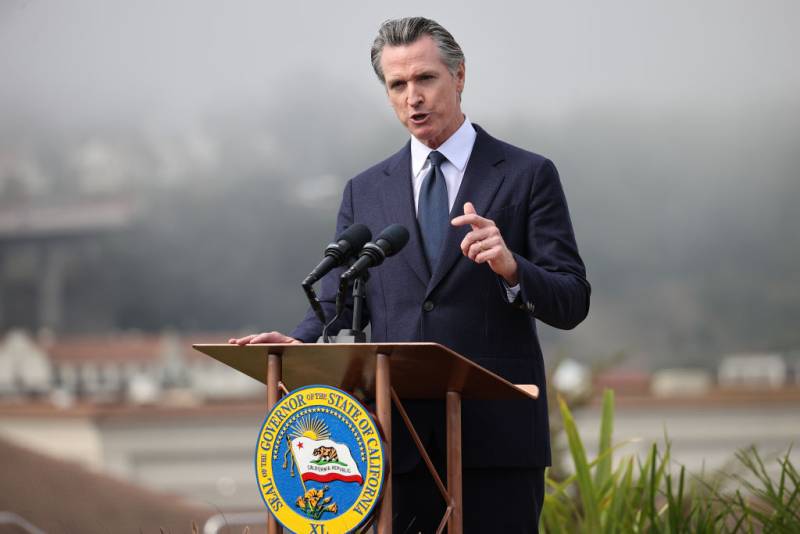After the state of emergency is officially over at the end of February, Newsom’s pandemic-related executive orders will no longer be in effect. But this will largely be a symbolic marker for most residents, as the majority of those orders either have already expired or been lifted. As of October, just 27 of Newsom’s orders remain in place, according to the governor’s office.
The formal end of the emergency will also not affect public health orders, which are issued and enforced by state and local public health officers. That includes a statewide mandate that schoolchildren be vaccinated against the coronavirus — a requirement that has been delayed until next summer at the earliest.
How ripple effects could affect Bay Area renters and landlords
Still, Newsom’s decision could result in very tangible effects for some Bay Area renters and landlords.
While California’s statewide eviction moratorium expired at the beginning of September, renter protections remain in place in some cities and counties.
In San Francisco, Alameda County and Oakland, those protections are tied to local states of emergency. If local leaders follow the governor’s cue and lift those orders, renters in those cities and counties will once again be subject to eviction for nonpayment of rent related to COVID financial hardships.
Earlier this month, the Los Angeles City Council voted to lift its eviction moratorium starting on February 1.
Meanwhile, Oakland and Alameda County’s eviction moratoriums are facing a court challenge from property owners. A federal judge is expected to determine in the coming weeks whether the lawsuit will move forward.
Newsom says he will ask the state Legislature to put two of his other orders into law, making them permanent. One would continue to allow nurses to order and dispense certain COVID-19 medications, and another would allow laboratory workers to continue processing COVID-19 tests.
The emergency orders issued by Newsom survived a legal challenge from key state Republican leaders. The California Supreme Court last year left in place a lower court’s ruling that the governor acted within his authority.
This story includes reporting by Adam Beam of The Associated Press and KQED’s Erika Kelly.

